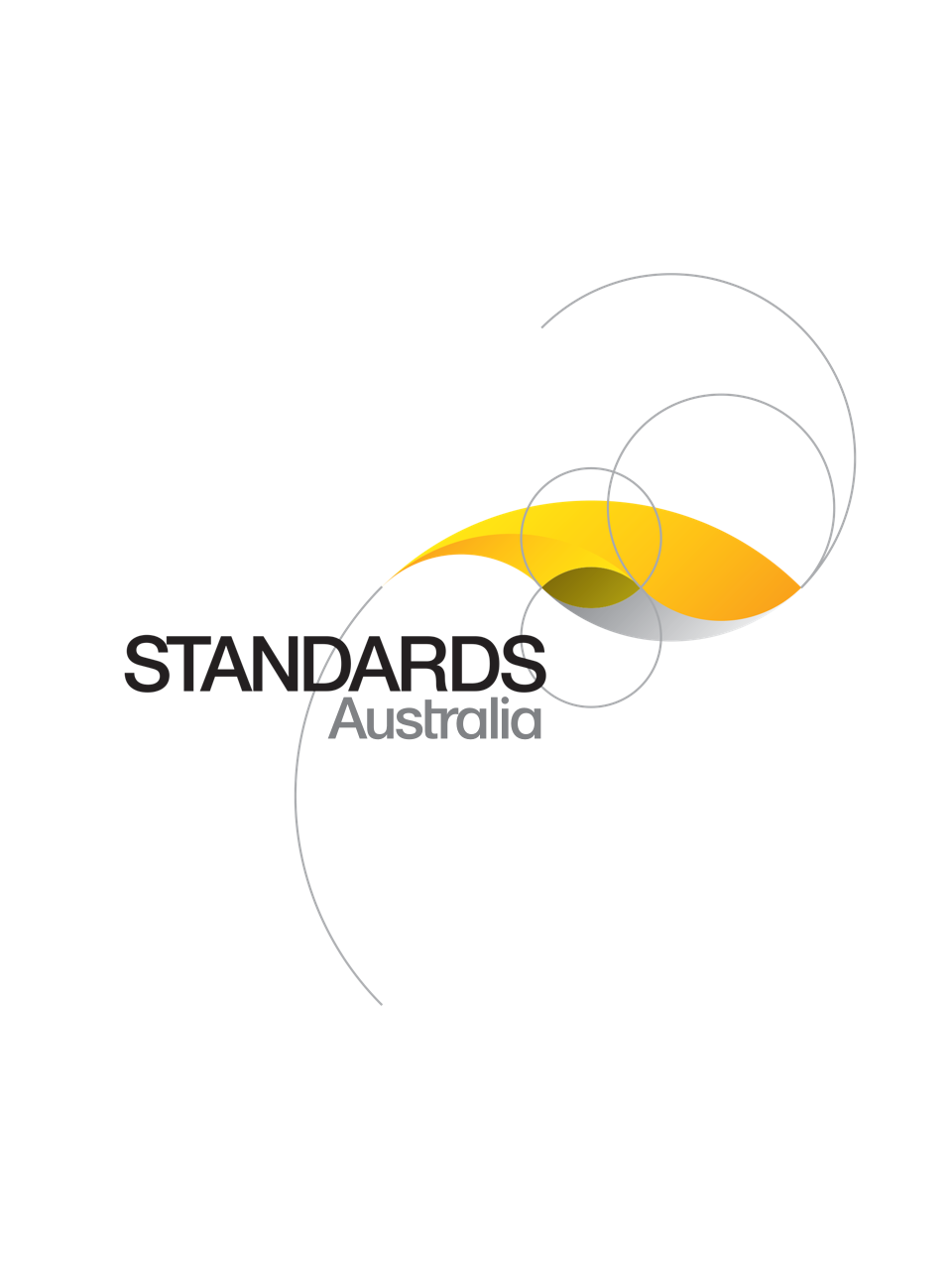Standard
UPDATE AVAILABLE
AS/NZS 1891.4:2009
[Superseded]Industrial fall-arrest systems and devices, Part 4: Selection, use and maintenance
Specifies requirements and recommendations for the selection, safe use and maintenance of industrial fall-arrest systems and devices based on the use of safety harnesses, horizontal life lines and rails, fall-arrest devices, and associated lanyards, connectors, anchorages and fittings.
Published: 02/11/2009
Pages: 79
Table of contents
Cited references
Content history
Table of contents
Header
About this publication
Preface
1 Scope and general
1.1 Scope
1.2 Objective and principles
1.3 Referenced documents
1.4 Terms and definitions
1.5 Performance requirements
1.6 Hierarchy of control
2 General requirements for selection and safe use
2.1 System and equipment selection
2.1.1 General
2.1.2 Effects on wearer
2.1.3 Compatibility of components and systems
2.1.4 Work in adverse environments
2.1.5 Work task hazards
2.1.6 Rescue and first aid
2.2 Safe use of equipment and systems
2.2.1 General safety requirements and recommendations
2.2.2 Pendulum effect and snagging
2.2.3 Falls over sharp edges
2.2.4 Fragile work surfaces
2.2.5 Restraint technique
2.2.6 Working on slopes and work positioning
2.2.7 Total restraint
2.2.8 Degradation of equipment
2.2.9 Labels and signs
2.2.10 Equipment combinations
2.2.11 Training and competency
2.3 Fall protection on moveable platforms
3 Anchorages
3.1 Anchorage selection
3.1.1 General
3.1.2 Single point anchorages suitable for direct connection of personal fall-arrest equipment
3.1.3 Anchorages requiring use of a sling
3.1.4 Horizontal lifelines and rails
3.1.5 Components, used in anchorage systems
3.2 Safe use of anchorages
3.2.1 General requirements
3.2.2 Safe access
3.2.3 Avoiding lateral swing — The pendulum effect
3.2.4 Safe use of anchorage slings
3.2.5 Signs at anchorage points
4 Harnesses lanyards, pole straps and fittings
4.1 Designation and selection of harnesses
4.1.1 General requirements
4.1.2 Full-body harnesses
4.1.3 Lower-body harness
4.2 Designation and selection of lanyards pole straps and related equipment
4.2.1 Lanyard
4.2.2 Pole strap
4.2.3 Attachment hardware
4.3 Safe use of harness, lanyard and pole strap systems
4.3.1 General requirements
4.3.2 Harness/lanyard combinations
4.3.3 Twin-tail lanyards
4.3.4 Harness/pole strap combinations
4.3.5 Attachment hardware — General
4.3.6 Attachment hardware — Usage problems
4.3.7 Backhooking
5 Fall-arrest devices, selection and safe use
5.1 Equipment designation and selection
5.1.1 Designation of devices
5.1.2 Selection
5.2 Safe use of equipment
5.2.1 General
5.2.2 Type 1 fall-arrest devices
5.2.3 Types 2 and 3 fall-arrest devices
5.2.4 Anchorage lines extended laterally
6 Horizontal lifelines and rails
6.1 System types and description
6.2 System and equipment selection
6.2.1 System type selection
6.2.2 Other selection criteria
6.2.3 Selection of ancillary equipment
6.2.4 Provision of end anchorages for horizontal lifelines
6.2.5 Provision of intermediate anchorages for horizontal lifelines
6.2.6 Pendulum effect
6.3 Safe use of systems and equipment
7 Fall clearance
7.1 General
7.2 Calculation and estimation of factors
8 Effect of equipment configuration on free-fall distance
8.1 Equipment performance
8.2 Measurement of free-fall distance
8.3 Fall distances
8.4 Configurations using fixed length lanyards
8.4.1 Configurations in the ideal range
8.4.2 Configurations up to the maximum fall limit of 2.0 m
8.4.3 Configurations where the fall limit of 2.0 m will be exceeded
8.5 Configurations using type 2/3 fall-arrest devices
9 Inspection, maintenance and storage
9.1 Summary of inspection requirements
9.2 Operator inspection
9.3 Regular scheduled periodic inspection
9.3.1 General
9.3.2 Harnesses, lanyards and associated equipment
9.3.3 Anchorages
9.3.4 Fall-arrest devices
9.3.5 Horizontal and vertical life lines and rails
9.4 Inspection on entry or re-entry into service
9.4.1 Entry into service of a new item
9.4.2 Re-entry into service after an item has been repaired
9.4.3 Re-entry into service after a period of storage or out of service
9.5 Equipment which has arrested a fall or shows a defect
9.6 Life expired equipment
9.7 Inspection of ropes and slings
9.8 Storage and transport
9.9 Maintenance
9.10 Equipment data and maintenance records
Appendix A
Appendix B
Appendix C
Appendix D
Appendix E
E.1 Core training elements
E.2 Identifying key competency requirements
E.3 Target groups
E.4 Competency assessment
E.5 Training course duration
E.6 Trainers and assessors
Appendix F
F.1 General
F.2 Definition
F.3 Restraint systems
F.4 Equipment
Amendment control sheet
AS/NZS 1891.4:2009
Amendment No. 1 (2021)
Revised text amendment
Cited references in this standard
[Current]
Fixed platforms, walkways, stairways and ladders - Design, construction and installation
Content history
[Current]
[Current]
[Available Superseded]
DR 08080
One-time Purchase
Access via web browser on any device
One-time purchase
Single publication
Offline access via PDF^
$261.18 AUD
Inclusive of GSTFormat *
Web Reader
Licenses *
1 License (for yourself - not shareable)
Total$261.18 AUD
IMPORTANT
